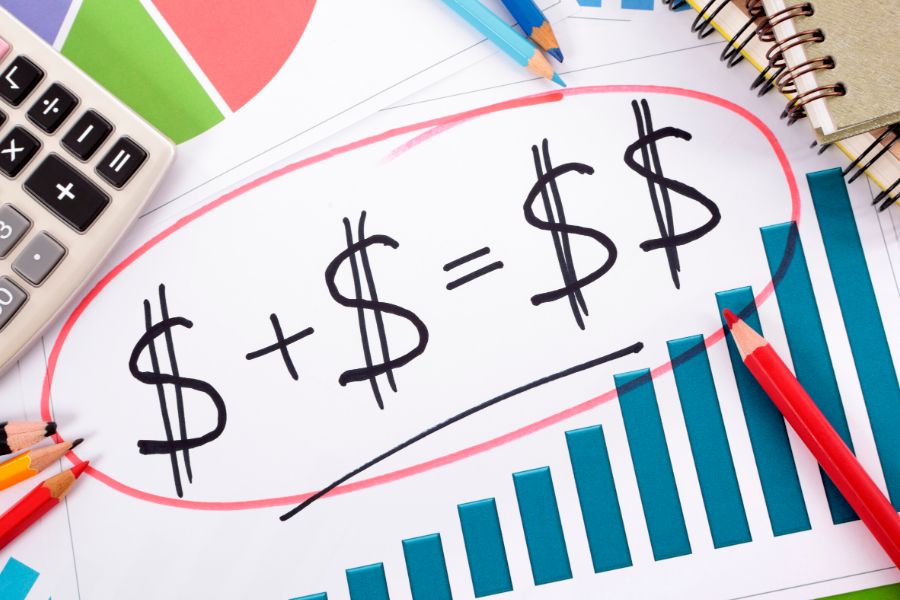Dynamic pricing refers to adjusting a service or product price depending on the external influence. For example, in rush hour, Uber increases rates. The greatest challenge to this pricing is how to set it up correctly for your retail store to gain a competitive edge. Let’s check the guide to dynamic pricing below for the best ways.
Identify your commercial objective
This is nothing less than your corporate compass. With the objective, your firm can navigate no matter what institutional adjustments and move on in the appropriate direction. It is considered the very first approach to an effective dynamic pricing plan.
Build a pricing strategy
After taking the commercial objective you have just defined, the pricing strategy turns it into a strategy possible to be used by your staff to sell goods. For instance, your general objective is to become famous as the less expensive retail business out there today. If so, the pricing strategy should be to ensure the price of all of the goods in your shop is low compared to your rival’s offering.
Decide the price range
Before learning how to determine the price range, you should get a POS system, for example, the one from ConnectPOS, that helps optimize the prices according to the outside influence and generate considerable profit gains both offline and online. For your reference, ConnectPOS makes it simple to set various pricing for different product groups to help your sales flexibly.
Monitor your specific competitors before you set dynamic pricing
These days, shoppers are much more likely to access a store’s prices against its rival. That is why you should have an idea of your rivals’ product pricing changes and reduce, increase, or do not change prices accordingly. For example, consumer electronics are often substantially elastic, a difference of 5 to 10% between your price and your rival can help make a shopper decide where to make purchases.
Set price based on the purchasing history of customers
You can define the product prices depending on how much a buyer has bought from your store previously. Then, you decide whether to sell regular price or discounted items to these customers. For instance, recommend those who often pay full price for items some new goods they may love (not discounts and stuff). Meanwhile, give those who tend to purchase discounted items promotional codes or something.
Price in line with demand
When an item gets its top demand, its price becomes the highest. This dynamic pricing likewise protects against your supply-related issues. A discount for a popular product can cause out-of-stock problems, harming your retail over time.
Set price depending on season or time
With this pricing, you give a considerable price reduction for a limited time to draw in new customers. For instance, restaurants provide a special discount hour to increase foot traffic.
Conclusion
There is one certain thing that, whether your shop is online, offline, or both, shoppers would want to buy things at the best prices. So, you need a guide to dynamic pricing. Consider the ways above to set up this type of pricing. Also, contact us for more insights.
►►► See our products: Magento POS, BigCommerce POS, Shopify POS, Woocommerce POS, NetSuite POS, Commercetools POS, Customize POS, Customer Experience Solution and Next-Gen POS




